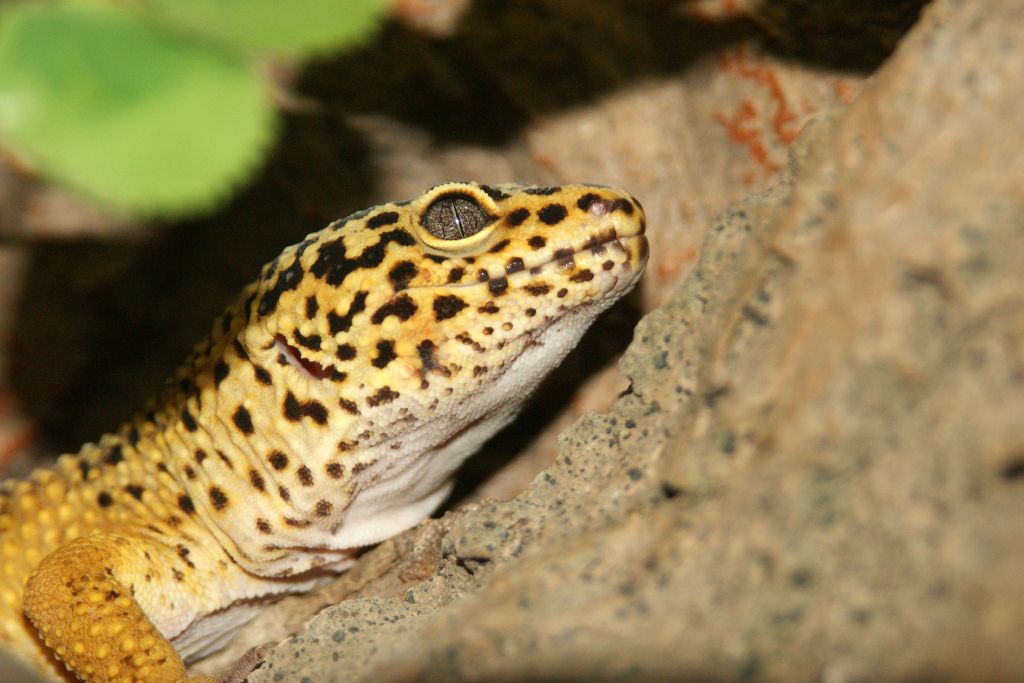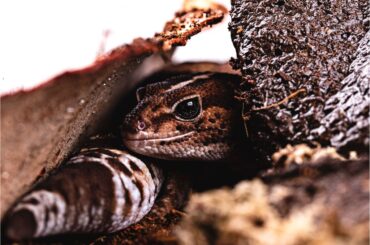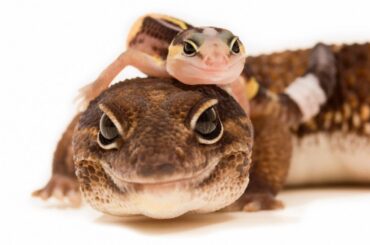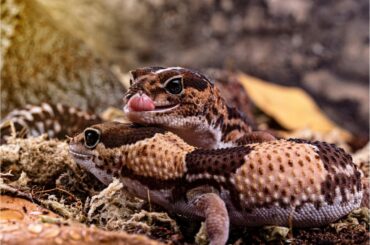Curious about female leopard gecko ovulation? Wondering how to identify when your female leopard gecko is gravid? You’re in the right place to find answers to these intriguing questions.
Ovulation in female leopard geckos is a fascinating process. It’s the stage where eggs develop and get ready for fertilization. Gravidity is the term used to describe a gecko carrying fertilized eggs. Both stages are crucial for anyone interested in breeding these unique reptiles.
This guide aims to shed light on these reproductive stages. You’ll learn to identify signs of ovulation and gravidity, ensuring you’re well-prepared for your gecko’s breeding journey.
Ovulation in Female Leopard Geckos
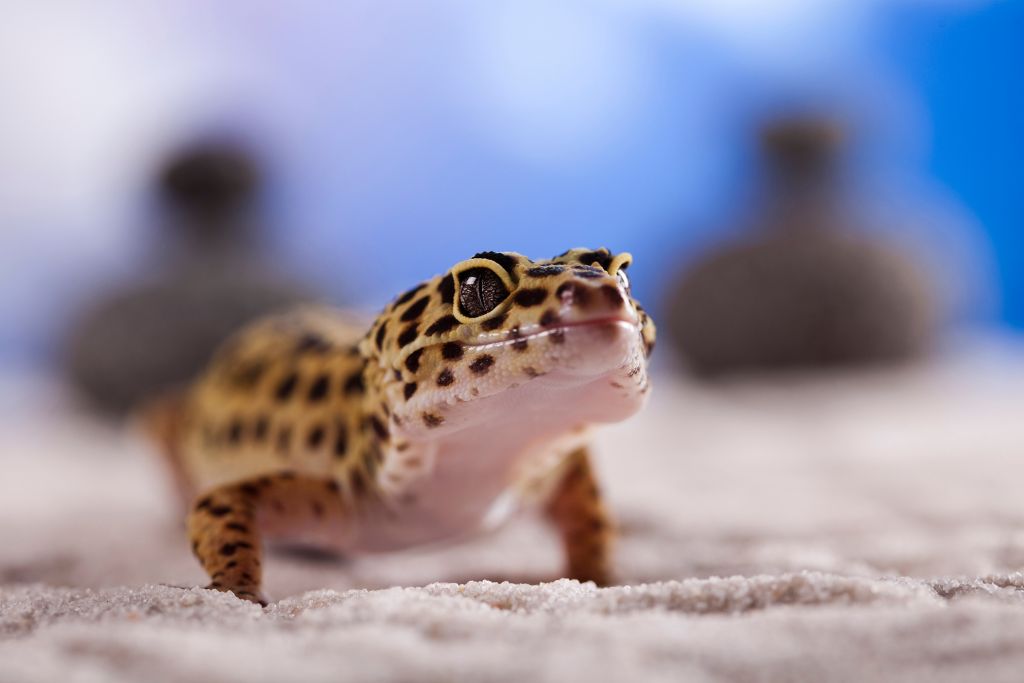
Ovulation is a vital part of a female leopard gecko’s reproductive cycle. During this time, her body prepares eggs for possible fertilization. The cycle includes several stages, but ovulation is where the eggs become ready to meet sperm. This stage sets the stage for gravidity, where the gecko carries fertilized eggs.
How to Tell if Your Leopard Gecko is Ovulating
Before we dive into leopard gecko ovulation signs, it’s crucial to know that ovulation plays a significant role in your gecko’s behavior and health.
- Behavior Changes: Your gecko might act differently. She could become more active or even a bit agitated.
- Increased Appetite: During ovulation, she’ll likely eat more. Her body needs extra energy for the eggs.
- Restlessness: You might notice your gecko moving around more than usual. She’s not just being fidgety; it’s a sign of ovulation.
- Digging Behavior: If you see her digging in the substrate, that’s another clue. She’s preparing a place for her eggs.
- Color Changes: Some geckos show a change in skin color. It might become slightly paler.
- Belly Swelling: A more rounded belly can indicate that eggs are present and ovulation is happening.
- Tail Waving: This is a less common sign, but some owners have reported tail-waving during this period.
- Increased Vocalization: Your gecko might make more sounds than usual, another way she communicates changes in her body.
Recognizing Gravidity in Female Leopard Geckos
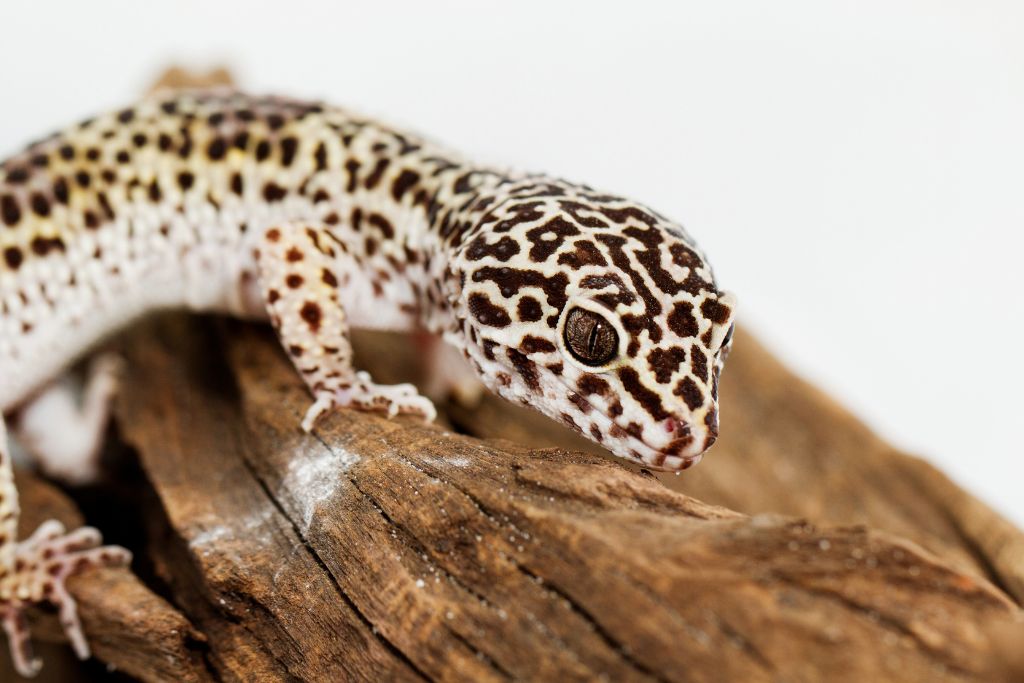
Gravidity means your female leopard gecko is carrying fertilized eggs. It’s a big deal if you’re into breeding these creatures. Knowing when your gecko is gravid helps you provide the proper care and prepare for the arrival of baby geckos.
Signs of Gravidity in Leopard Geckos
Gravidity is a crucial stage that follows ovulation. Recognizing it early can make a big difference in how you care for your pet.
- Weight Gain: Your gecko will pack some extra grams. This is one of the most noticeable signs.
- Abdominal Bulge: A visible lump in the belly area often indicates gravidity. It’s where the eggs are.
- Belly Hue: Look for a pink or reddish tint in the belly region. This color change is another clue.
- Reduced Activity: Unlike ovulation, gravidity might make your gecko less active. She’s conserving energy for her eggs.
- Nesting Behavior: She might start digging more purposefully, creating a nest for her future offspring.
- Food Preferences: Some geckos develop specific food cravings. They might favor certain insects over others.
- Frequent Hiding: A gravid gecko often seeks more privacy, spending more time in hiding spots.
- Tail Thickness: The tail may appear thicker as she stores more nutrients for her eggs.
Monitoring Ovulation and Gravidity
Keeping an eye on your leopard gecko’s reproductive stages is essential for successful breeding. Accurate monitoring can also help you provide the best care during these crucial times. Here are some effective ovulation and gravidity tracking methods:
- Behavioral Observations: Watch your gecko closely. Changes in activity or mood often signal ovulation or gravidity.
- Feeding Patterns: Keep a log of what and how much your gecko eats. A sudden increase or decrease in appetite can be telling.
- Abdomen Palpation: Gently feel the belly area. You might detect eggs or a growing bulge, but be careful not to press too hard.
- Weight Checks: Regularly weigh your gecko. Sudden weight changes can indicate either ovulation or gravidity.
- Visual Inspection: Look for color changes or swelling in the belly area. These physical signs can be pretty revealing.
- Activity Logs: Note any changes in digging or hiding behavior. These actions often relate to nesting instincts.
- Consult a Vet: A veterinary check-up can provide valuable insights if you’re unsure. Vets can perform ultrasounds or other tests.
- Temperature and Humidity: Keep track of the enclosure’s climate. Changes in these conditions can affect reproductive stages.
- Social Interactions: Observe how your gecko interacts with other geckos, if applicable. Changes in social behavior can also be signs.
Preparing for Egg Laying
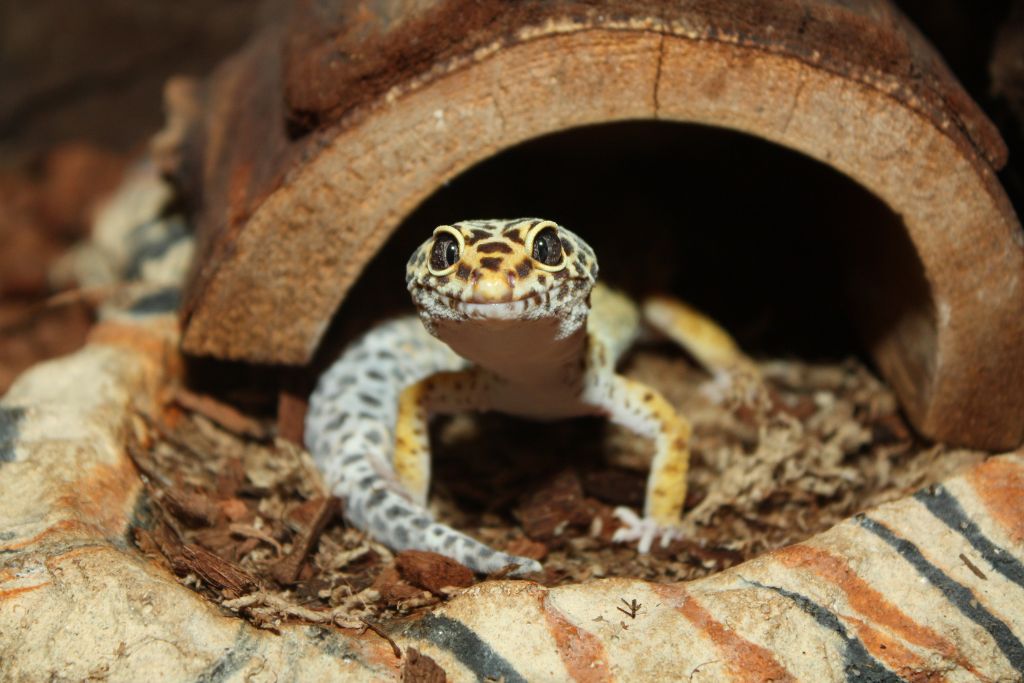
Egg laying is the next step after your leopard gecko has undergone ovulation and gravidity. Proper preparation ensures a safe and successful egg-laying process. Learn how to prepare for this amazing moment.
- Nesting Box: Set up a special box with moist substrate. This gives your gecko a comfortable place to lay her eggs.
- Climate Control: Make sure the temperature and humidity are just right. Optimal conditions help ensure healthy eggs.
- Privacy: Create a secluded area in the enclosure. Your gecko will appreciate the privacy during this sensitive time.
- Nutrition Boost: Offer calcium-rich food. Your gecko needs extra nutrients for strong, healthy eggs.
- Regular Checks: Keep an eye on the nesting box. You’ll want to know as soon as the eggs arrive.
- Cleanliness: Keep the enclosure clean to minimize the risk of infection. A dirty environment can harm the eggs.
- Vet Consultation: Consider a pre-laying check-up. The vet can confirm if everything looks suitable for egg laying.
- Backup Plan: Have an incubator ready in case you need to intervene. Sometimes, eggs need a little extra help.
- Emergency Contacts: Keep the vet’s number handy. You never know when you might need professional advice.
Ovulation Issues and Concerns
Ovulation doesn’t always go smoothly in leopard geckos. Sometimes, complications arise that can affect the health of your pet and her potential offspring. Consider some frequent issues and their causes.
- Poor Nutrition: Lack of essential nutrients can disrupt the ovulation process. Make sure your gecko eats a balanced diet.
- Stress: High-stress levels can interfere with successful ovulation. Keep the environment calm and consistent.
- Temperature Fluctuations: Unstable temperatures in the enclosure can cause issues. Maintain a steady climate.
- Inadequate Humidity: Low humidity levels can also be problematic. Keep the air moist but not wet.
- Age: Very young or old geckos may face ovulation challenges. Know the ideal breeding age for your pet.
- Health Issues: Pre-existing conditions, like parasites or infections, can complicate ovulation. Regular vet check-ups can catch these early.
- Inadequate Space: A cramped enclosure can stress your gecko, affecting ovulation. Make sure she has enough room to move.
- Social Stress: Too many geckos in one enclosure can lead to competition and stress, hindering ovulation.
- Lack of Hiding Spots: Geckos need privacy, especially during ovulation. Ensure there are plenty of hiding places.
Seeking Professional Advice
If you’re unsure about your leopard gecko’s reproductive state or encounter complications, don’t hesitate to seek expert advice. A qualified veterinarian or an experienced breeder can provide valuable insights and solutions. They can run tests, offer treatments, and guide you.
Final Thoughts
Understanding the reproductive behaviors of female leopard geckos is crucial for their well-being and successful breeding. It’s not just about having baby geckos; it’s about respecting these fantastic creatures and their natural processes.
As owners, we are responsible for providing the best care possible, ensuring a healthy and fulfilling life for these fascinating reptiles.
FAQs
When Do Female Leopard Geckos Ovulate?
Usually between 10 and 12 months old.
How Long are Leopard Geckos Fertile?
They can be fertile for several years, often up to 8 to 10 years.
What Month is Mating Season for Leopard Geckos?
Mating season occurs from January to September.

